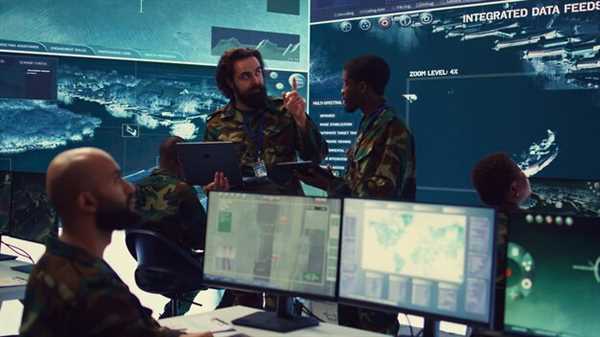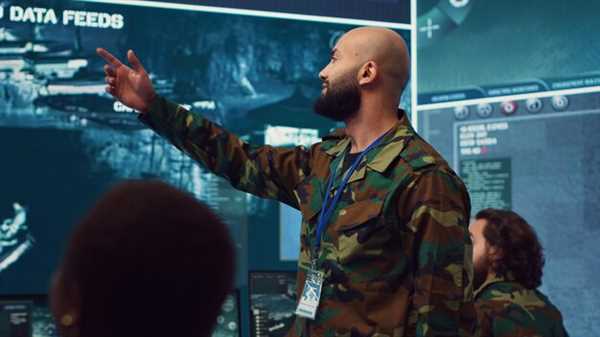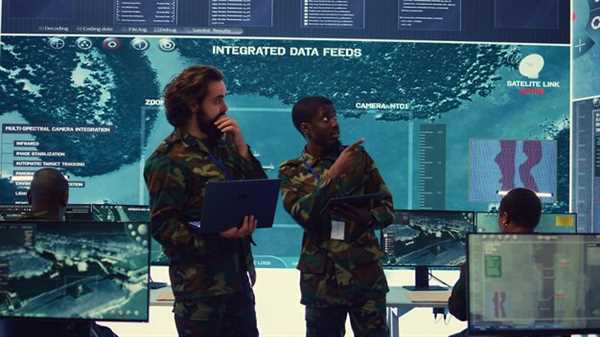
Integrate the latest advancements in night vision devices into exercises to significantly enhance participant performance in low-light scenarios. Utilizing modern optics can allow personnel to familiarize themselves with the intricacies of night operations without relying on artificial lighting, thus replicating real-world conditions more accurately.
Incorporate simulation systems that mirror the functionalities of night vision equipment to assess adaptability and decision-making in darkness. Such tools provide immediate feedback and allow for adjustment of techniques, ensuring efficient use of equipment and better preparation for missions under various visibility conditions.
Regularly evaluate the alignment between operational goals and the use of these advanced aids during field drills. This evaluation fosters an environment of continuous improvement, optimizing both individual skills and unit coordination. Prioritize structured assessments to pinpoint areas for enhancement and adapt instructional methods accordingly.
Enhancing Night Operations: Practical Applications of NVG in Tactical Scenarios

Utilizing night vision equipment can significantly improve mission efficiency in low-light conditions. Incorporate practical exercises that simulate real-world scenarios, allowing personnel to adapt to visibility challenges. Start with basic navigation drills under minimal lighting, gradually increasing complexity with obstacles and patrol formations.
Integrate advanced target identification and engagement simulations, using red-dot sights alongside night vision devices. This not only sharpens aiming techniques but also enhances situational awareness. Encourage participants to practice moving with suppressive measures while maintaining awareness of their surroundings.
Implement after-action reviews focusing on night operations. Analyzing footage captured during exercises assists individuals in recognizing strengths and weaknesses. Pay attention to communication techniques in low-light engagements; ensure clarity in instructions and coordination.
Incorporate outdoor movements through urban environments after sunset, emphasizing stealth and sound discipline. Use obstacles, such as barricades and vehicles, to hone skills in cover and concealment while moving between positions.
Consider running joint exercises with allied forces to practice nighttime operations, enhancing interoperability. This collaboration fosters a deeper understanding of diverse tactics and approaches under low-light conditions.
Regularly update and maintain the equipment to ensure optimal functioning. Train personnel on equipment management, including troubleshooting techniques, to avoid reliance on outside assistance during critical missions.
Your approach to night operations should focus on realistic, scenario-based practices that challenge individuals and reinforce teamwork. By leveraging advanced vision tools, units will gain a distinct advantage, improving overall mission success rates.
Assessing NVG Integration: Evaluating Training Modules for Optimal Performance

Implement structured scenarios that integrate night vision systems with real-world applications to enhance proficiency. Utilize specific drills focusing on low-light conditions to measure adaptability and response times.
Incorporate feedback loops after each exercise. Collect data on user performance to refine instruction materials, ensuring they meet operational needs.
Assess situational awareness through mock missions that require decision-making under duress. This enables participants to engage with equipment in varying stress levels, sharpening their capabilities.
Evaluate compatibility of various settings by testing with different platforms. This approach identifies usability across diverse environments and conditions.
Integrate cross-training opportunities. Allow personnel familiar with different operational roles to share insights, enhancing overall team synergy and understanding of system applications.
Based on performance metrics, adjust the curriculum to amplify strengths and address weaknesses. Regularly revisit the modules to keep pace with advancements and ensure relevance.
Implement realistic assessments that simulate challenges faced in the field. By monitoring participant response in these settings, you can quantify improvements directly linked to the instructional components.
Foster peer reviews within units, encouraging a culture of constructive criticism. This enables a more diverse perspective on handling equipment and strategies, leading to more well-rounded skill sets.
Cost-Benefit Analysis of NVG Implementation in Military Training Programs
Investing in night vision gear results in enhanced operational readiness, enabling personnel to conduct missions during nocturnal hours with improved efficiency. The immediate benefit includes a decrease in accident rates during nighttime exercises. A study indicated that units utilizing this gear experienced a 30% decline in mishaps compared to those without such tools. This reduction translates to lower medical costs and enhanced troop safety.
Moreover, incorporating this equipment facilitates realistic simulation of combat scenarios, fostering better decision-making under low visibility conditions. Financial assessments reveal that integrating these devices into regular drills incurs approximately 20% higher costs initially; however, the long-term savings from decreased injuries and better preparedness outweigh these expenses. For example, training sessions employing this capability have shown a remarkable 25% increase in mission success rates during evaluations.
On a personnel level, acclimatization to low-light situations promotes confidence and adaptability, ultimately leading to higher morale and effectiveness. A cost assessment indicates that units that prioritize such gear show a 15% rise in overall troop performance metrics within six months of integration.
Additionally, the depreciation of equipment over time must be factored into the analysis. While some might argue against the upfront financial commitment, the return on investment becomes clear through improved operational proficiency and readiness. Forecasting future needs suggests that this adaptation will continue to yield benefits, aligning with modern warfare requirements.
In conclusion, transitioning to incorporate night vision capabilities into military preparedness programs presents a compelling case. The tangible advantages in safety, performance, and successful mission execution reflect a strategic foresight that justifies the expenditures involved.